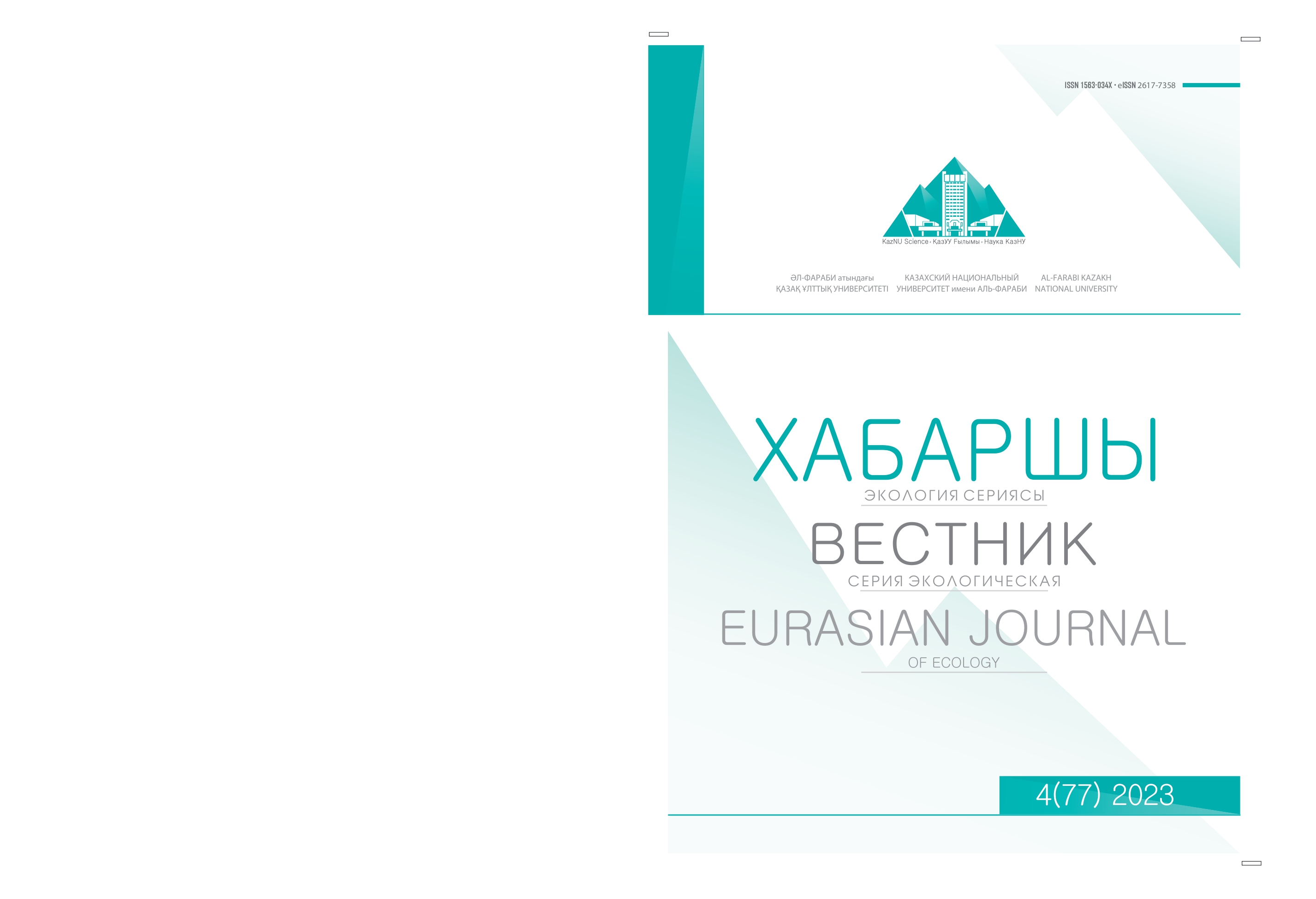ICHTHYOTROPHOLOGICAL AND ICHTHYOPATHOLOGICAL ANALYSIS OF BESTER (ACIPENCER NIKOLJUKINII)
DOI:
https://doi.org/10.26577/EJE.2023.v77.i4.08Abstract
The paper presents the results of ichthyotrophological and ichthyopathological studies of the bester- hybrid, which is of a significant importance among sturgeon fish. The purpose of the research work is to study the food spectrum of bester, bred in the pond and to study the external environment influence on the fish.
Sturgeon is a promising form of modern aquaculture. In addition, sturgeon fish currently undergo mass extinction and their population decline sharply every year, so the interest in their commercial breeding has increased. In 2001, four countries of the Caspian Sea - Kazakhstan, Turkmenistan, Azerbaijan, and Russia (except Iran) imposed a temporary ban on catching sturgeon. This ban was imposed by the UN requirement within the framework of CITES (Convention on International Trade in Endangered Species of Wild Fauna and Flora). The problem was solved by the breeding of besters which are hybrid species produced from mating male sterlet and female huso. To carry out research bester hybrid fish was delivered from the Halyk Balyk pond farm in 2021. The absolute length of the studied 15 fish ranged from 12.7 to 30.1 cm, and their maximum weight ranged from 11.38 to 110.4 g. Ichthyological, ichthyotrophological and ichthyopathological analysis was carried out during the study. Standard numerical-weight and special histological methods were used for the study. Ichthyotrophological studies revealed that the fullness index was higher than 30.75%00. The studies showed a high level of nutrients in the reservoir and the absence of negative external environment influence on fish.
Key words: bester, ichthyotrophology, ichthyopathology, sturgeons, the Caspian Sea.




